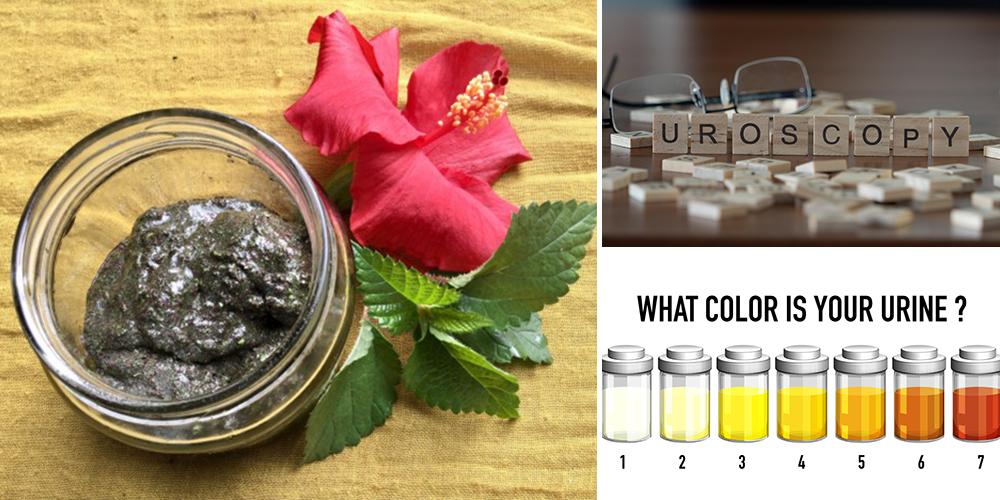
What Your Pee Color Says About Your Health
This is such an interesting way to gain deeper insight on what is happening inside your body. Urine analysis has been used as part of health assessment for hundreds of years. It has been used in medieval medicine, by ancient Egyptians as well as ancient natural medicine systems of Ayurveda, TCM, and more .
Let us learn a little more about how urine analysis is and was used as well as the basics of urine color analysis so you may determine what your pee color says about your health.
You will also find all the instructions for a wonderful herbal recipe for improved Urinary health, it is a delicious electuary (herbal honey) that features Nettle and Hibiscus.
Urine Analysis Through the Ages
Urine analysis has been featured as an essential diagnostic tool as it continues to be in a modern context. Here are just some of the interesting ways urine analysis was and is utilized in different parts of the world:
- Ancient Sumerian clay tablets depict uroscopy (which is the practice of examining urine to diagnose medical conditions. It usually included analyzing the color, odour, and sometimes composition of urine.
- Ancient Egyptians were said to observe urine excess to diagnose diabetes. The characteristics of urine including color were also observed. Egyptians used urine as a pregnancy test, watering seeds, and if they sprouted, the test was considered to be positive.
- The ancient Indian system of natural medicine called Ayurveda is still practised today, it includes the diagnostic tool of urine observation including color, appearance, and consistency of urine as well as the unique oil drop instillation technique. This entails the collection of the first early morning urine sample, the practitioner adds in a drop of sesame oil and observes the sample under the morning sun, the patterns created by the oil drop can indicate certain diagnoses.
Ancient doctors used pee to diagnose diabetes, infections, even pregnancy.
There are still unorthodox ways to tell what your body needs… but doctors won’t mention them.
It’s easier to call them “outdated” than to admit they work.
I’ll leave a link for you here for more forgotten practices you should know about.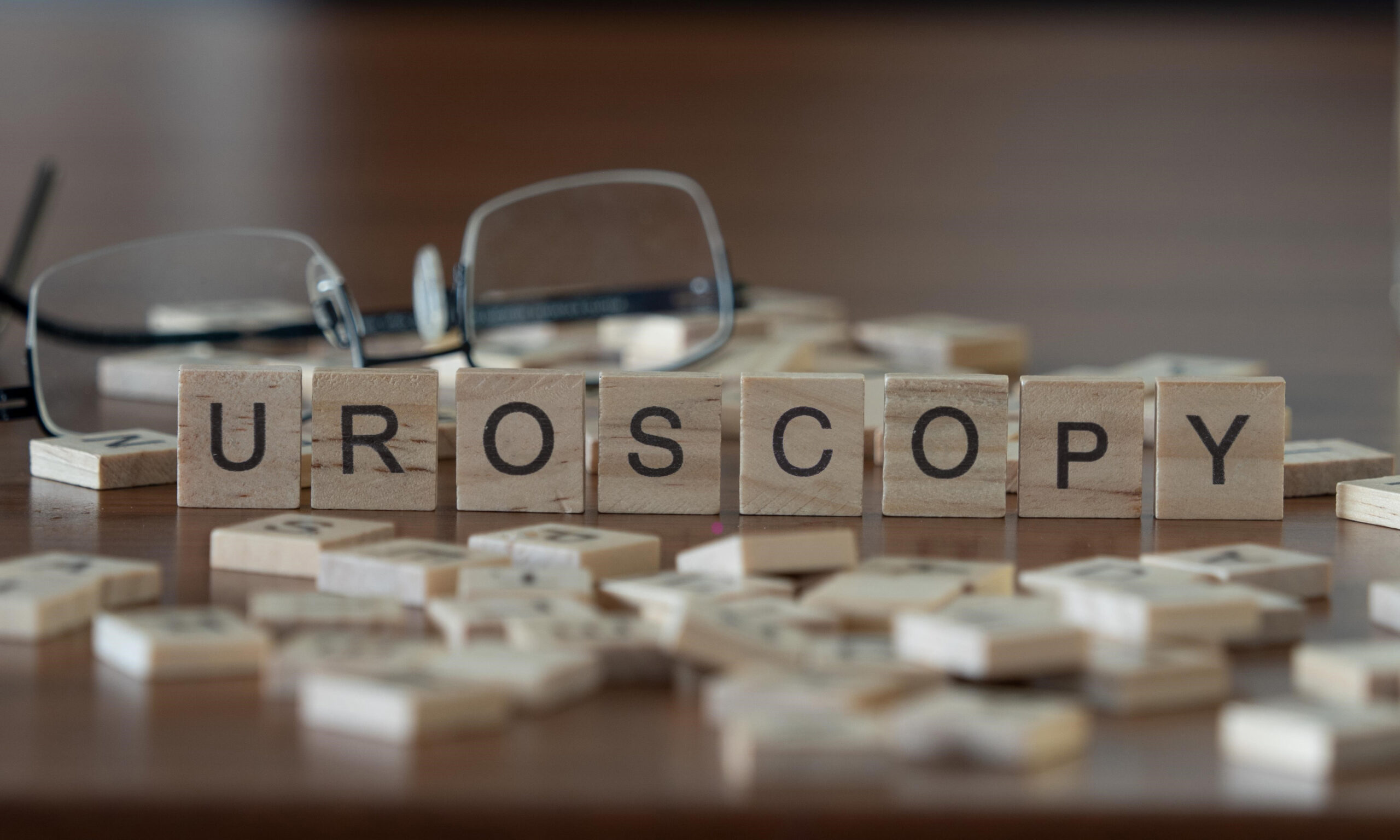
The Various Urine colors and Associated Health Concerns
Observing your urine color can indicate your hydration levels and abnormal colors can indicate illness or due to the presence of certain medications, or foods.
- Clear to pale yellow: This indicates normal, healthy urine with good hydration levels
- Dark yellow: This coloration can be normal but may indicate insufficient water.
- Amber: This color may indicate insufficient water intake
- Orange: This color can also indicate a lack of fluids or liver issues. Foods such as carrots or pine ring mushrooms in large quantities can also cause an orange hue to urine. In terms of medications that lead to these colorations, they can include sulfasalazine, phenazopyridine, certain laxatives and chemotherapy drugs
- Darker Brown: This can indicate a severe lack of hydration. It can also be due to eating excessive fava beans. In some cases, it also may indicate liver or kidney issues, rhabdomyolysis, or melanin leakage. Medications such as acetaminophen and nitrofurantoin can also cause a brownish color.
If your urine is turning brown, your liver might already be waving the red flag.
This color often means your detox pathways are clogged, your cells are swimming in waste… and your liver is struggling to keep up. Left unchecked, this kind of backup can spiral into fatigue, inflammation, and much worse.
That’s where the Liver Blend Tincture comes in. Nicole Apelian crafted it with three of the most powerful liver allies nature offers, dandelion root, milk thistle, and schisandra berry, all extracted for maximum potency.
Don’t wait for your symptoms to get louder.
👉 Flush your liver with this blend before it’s too late.
- Red: Reddish urine can be caused by the presence of blood in urine. This can also indicate a variety of conditions including urinary tract infection, kidney stones, urinary tract cancer, intravascular hemolysis, bilirubin, sickle cell anaemia, Porphyria and more. Eating an excess of beetroot, rhubarb, or blackberries can also cause this coloration. Medications that can cause this coloration include: Rifampicin, Warfarin, Ibuprofen, Deferoxamine, Hydroxocobalamine, Phenazopyridine or, metronidazole.
- Blue or green: These colors can be due to the consumption of excessive food dye. It may be a sign of iatrogenic, endogenous, and infectious etiologies, alkaptonuria, hartnup disease, or pseudomonas aeruginosa. Medications including indomethacin, amitriptyline, and propofol may turn your urine blue or green.
- White or cloudy: White or cloudy-colored urine can indicate infection such as severe UTI. High amounts of calcium or phosphate, as well as chyluria or the presence of chyle in the urine, can also cause this effect.
If your pee is cloudy or pale white, it’s not just dehydration, it could mean your kidneys are struggling, or worse, that an infection is taking root.
Stinging nettle has long been used to flush out the urinary tract, lower inflammation, and help the kidneys release excess calcium and waste before it hardens into stones.
But if you don’t want to forage and wait 4–6 weeks for an infusion, this ready-made double-extracted tincture gives you a full-spectrum dose in seconds. Wild-harvested, potent, and fast.
👉 Get the Stinging Nettle Tincture here before the buildup begins.
Urinary Health Recipe: Nettle and Hibiscus Electuary (herbal honey)
This herb rich electuary for urinary health requires just a few powerful natural ingredients and is super simple and fun to prepare. The botanicals that feature here both can offer a plethora of benefits for your urinary system and overall health.
Ingredients
- 10g / 0.35oz Nettles (or 40 drops of Stinging Nettle Tincture, can be used as a faster, standalone option for similar urinary support)
- 10g / 0.35oz Hibiscus
- 100g / 3.53oz Honey

Step by Step
- Ready your scale and dried herbs.
- Weigh out 10g / 0.35oz of dried Hibiscus flowers.
- Weigh out 10g / 0.35oz of dried Nettles
- Ready your grinder and weighed out herbs.
- Fill up your grinder in preparation for blending.
- Grind your botanicals into a fine powder.
- Decant your powdered herbs into a mixing bowl.
- Add in 100g / 3.53oz of honey.
- Begin mixing the herbs and honey.

- Continue mixing until your electuary is well combined.
- Decant the finished electuary into a storage jar.
- You can directly enjoy eating a spoonful of your electuary at this point.

- You could also prepare tea with this electuary. Prepare 250ml / 1 Cup boiled water.
- Add 1 Tsp of the electuary to your hot water and enjoy!
Suggested Use and Storage
You can choose to take 1 Teaspoon of this electuary daily for improved Urinary health.
Be sure to store it in a tightly sealed jar, in a cool area. Electuaries can last for up to 1 year when stored in the fridge. Please avoid getting water or contaminants into your jar and use a clean spoon each time you take a dose.
Considerations and Possible Contraindications
As always make sure you select high-quality herbs and raw local honey whenever possible.
Please be sure to do further research to ascertain if these botanicals are contraindicated for you (this is always especially important if you are on medication or pregnant). Remember to pay attention, and listen to your unique body response when taking any new herb, food, or supplements.
⚠️ If this was helpful… wait until you see what else you can make
Most people think herbal medicine is either too weak or too complicated.
But once you make your first remedy, something just clicks. You realize that nature already has what you need. That you can actually do this. That healing doesn’t have to come from a pharmacy.
So if that nettle-hibiscus electuary intrigued you… imagine having 250+ recipes just like this one, organized by ailment and taught step-by-step.
Inside The Forgotten Home Apothecary, you’ll discover:
🟢 The“Antibiotic You Can Smoke” — made from mullein, to soothe wheezing and open lungs
🟢 A Papaya Seed Parasite Flush backed by clinical results (71.4% cleared)
🟢 The Gut-Healing Elixir that coats and calms inflamed intestines
🟢 A Heavy Metal Detoxifier that turns your pee red (yes, really, it’s working)
🟢 The Painkiller in a Jar (made from wild lettuce, legal, effective, non-addictive)
🟢 The Natural Flu Shot even kids love (no needles, just plants and honey)
🟢 The Mucus Buster you’ll wish you had during your last infection
🟢 An Amish-style cough syrup that helps avoid big-pharma cold meds
🟢 Remedies for bladder issues, UTIs, kidney support, and even herbal sedatives made from flowers
Each remedy is backed by 30 years of experience from Dr. Nicole Apelian, with simple instructions, photos, dosages, and storage tips.
📕 This is the kind of book you want before the pharmacy shelves go empty.
Because when you or someone you love needs help, and help isn’t coming, the remedies you’ve already made may be the only ones you have left.
👉 Click here to get your copy before it sells out again – 78% OFF + free bonuses
References
1. Urine Color What You Should Know https://www.urologyhealth.org/documents/Product-Store/English/GeneralUrology-UrineColor-FS-2023-English.pdf
2. Urinalysis Interpretation https://apps.pharmacy.wisc.edu/courses/728-656/urinalysis/presentation_content/external_files/handout.pdf
3. Diagnostic Approach to Abnormal Urine Colors: Lessons From a Case of Blue-Green Urine https://assets.cureus.com/uploads/case_report/pdf/356428/20250512-446921-ma3ego.pdf
4. Differentials of abnormal urine color: A review https://www.researchgate.net/publication/267327377_Differentials_of_abnormal_urine_color_A_review
5. The historical relevance of urine and its future implications https://giornaleitalianodinefrologia.it/en/2018/01/the-historical-relevance-of-urine-and-the-future-implications/
6. A study on Tailabindu pariksha – An ancient Ayurvedic method of urine examination as a diagnostic and prognostic tool https://pmc.ncbi.nlm.nih.gov/articles/PMC3215423/

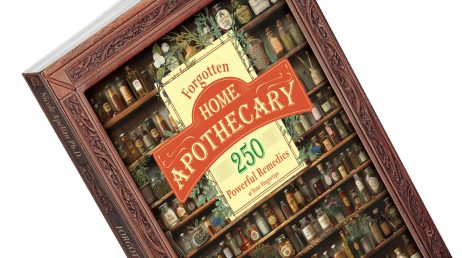






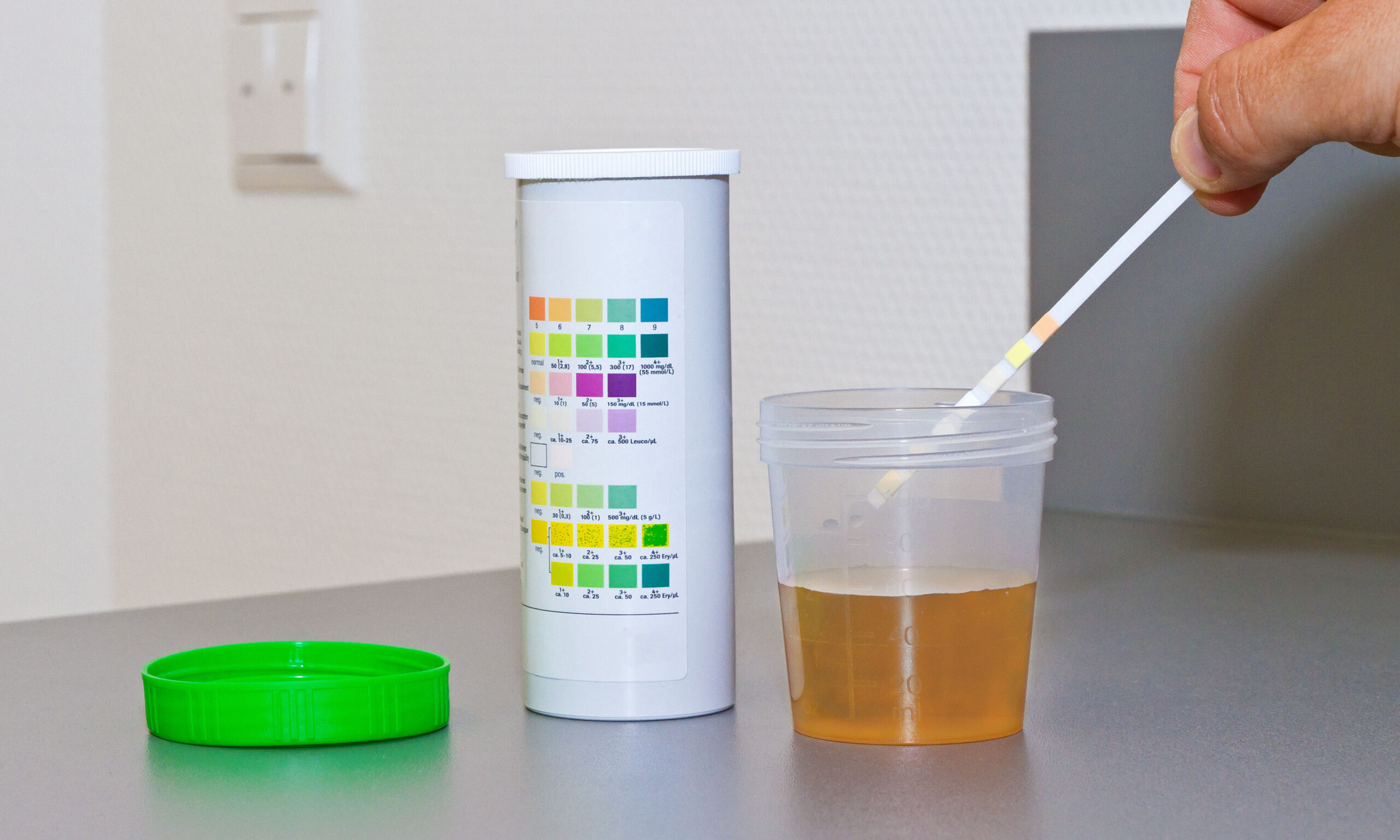
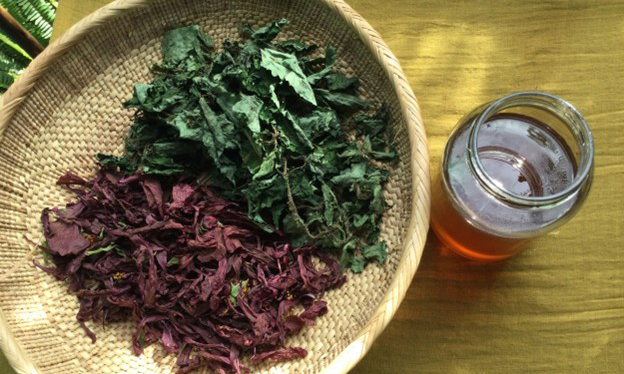
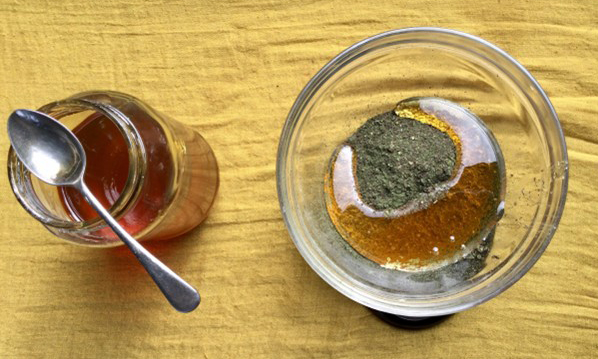
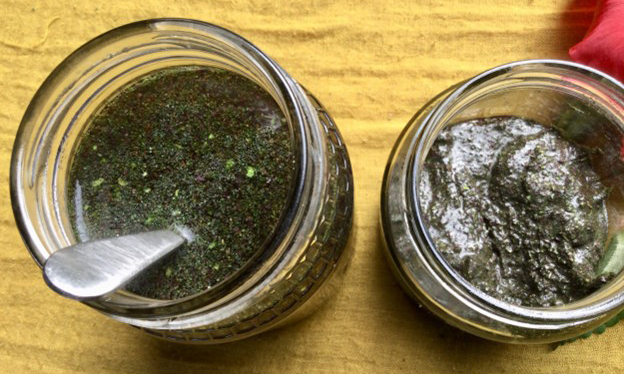
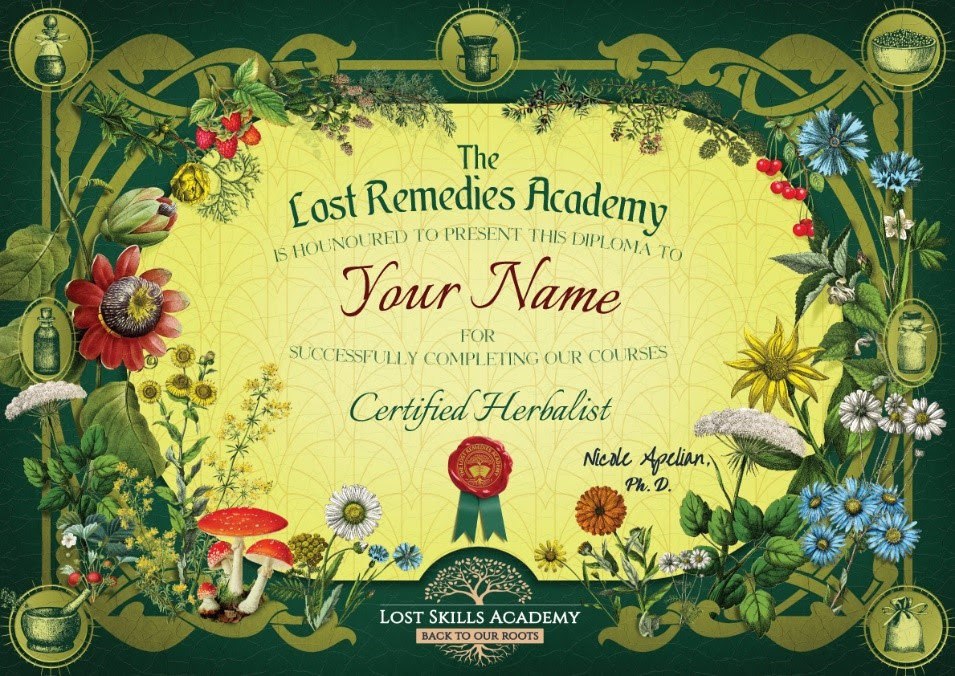
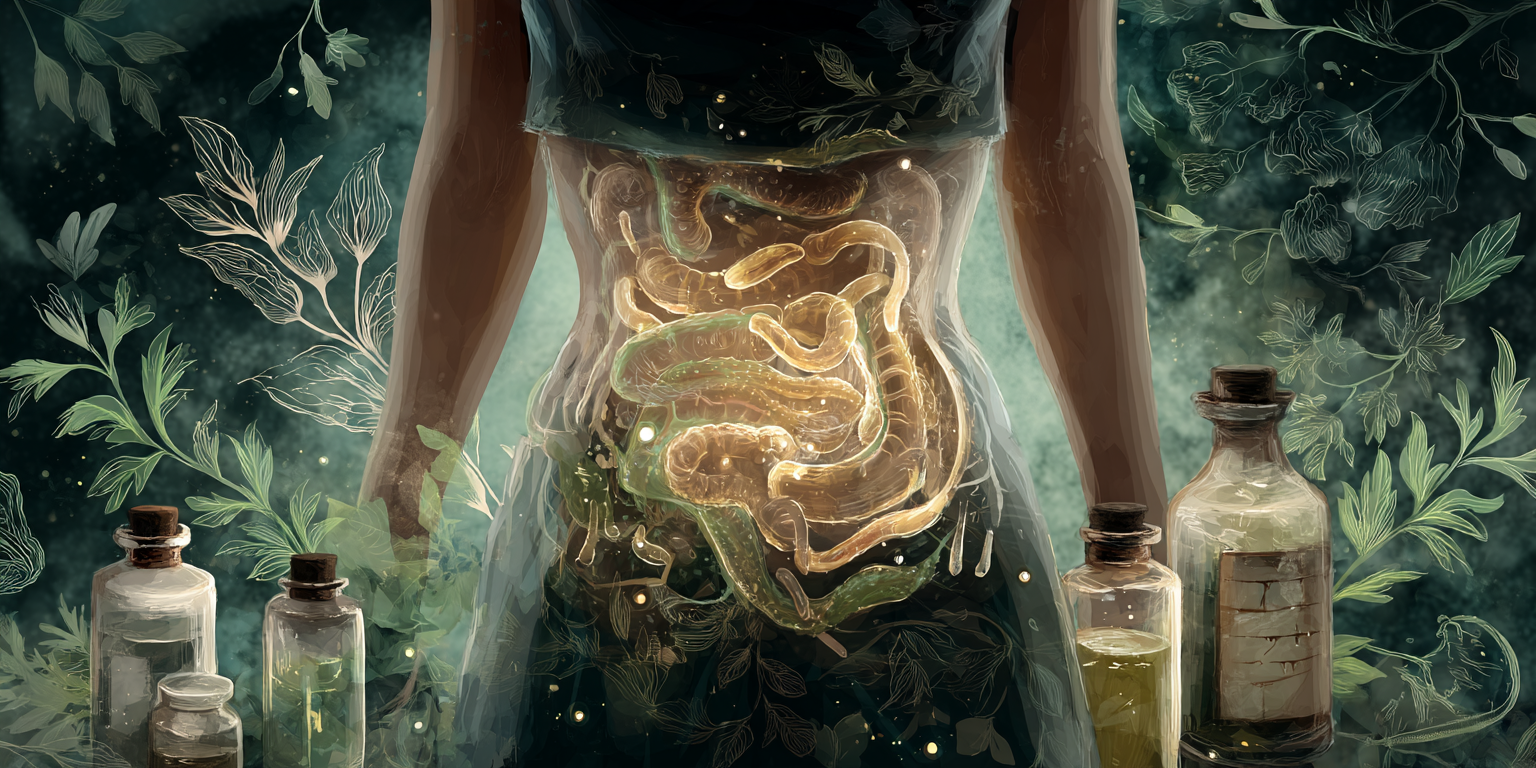

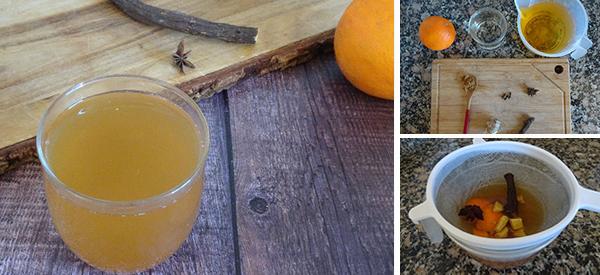
Really interesting and very valuable information.